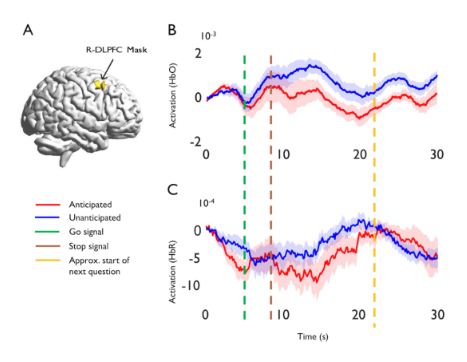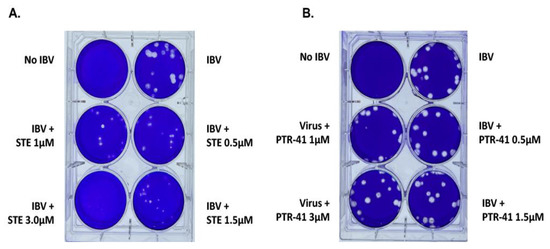認知制御に重要な役割を果たす脳の一部で、吃音予期時に活動が上昇することを明らかにした Researchers reveal elevated activity during stuttering anticipation in a part of the brain that plays key role in cognitive control
2022-06-01 ニューヨーク大学 (NYU)

Figure showing the location of the right dorsolateral prefrontal cortex, as well as event-related average activation plots for the oxyhemoglobin and deoxyhemoglobin signals.
研究者らは、参加者が吃音を予期すると、R-DLPFCの活性化が増加することを発見した(血流の変化によって示された)。さらに、吃音を予測すると、R-DLPFCと認知制御ネットワークに含まれるもう一つの部位である右上荻野回(R-SMG)の間の結合が減少することもわかった。
<関連情報>
- https://www.nyu.edu/about/news-publications/news/2022/june/study-finds-stuttering-anticipation-prompts-unique-activity-in-t.html
- https://direct.mit.edu/nol/article/doi/10.1162/nol_a_00073/111272/Activation-in-Right-Dorsolateral-Prefrontal-Cortex
吃音予期を支える右側背外側前頭前野の活性化 Activation in Right Dorsolateral Prefrontal Cortex Underlies Stuttering Anticipation
Eric S. Jackson,Swethasri Dravida,Xian Zhang,J. Adam Noah,Vincent Gracco,Joy Hirsch
Neurobiology of Language.Published:May 24 2022
DOI:https://doi.org/10.1162/nol_a_00073
Abstract
People who stutter learn to anticipate many of their overt stuttering events. Despite the critical role of anticipation, particularly how responses to anticipation shape stuttering behaviors, the neural bases associated with anticipation are unknown. We used a novel approach to identify anticipated and unanticipated words in 22 adult stutterers, which were produced in a delayed-response task while hemodynamic activity was measured using functional near infrared spectroscopy (fNIRS). Twenty-two control participants were included such that each individualized set of anticipated/unanticipated words was produced by one stutterer and one control. We conducted an analysis on the right dorsolateral prefrontal cortex (R-DLPFC) based on converging lines of evidence from the stuttering and cognitive control literatures. We also assessed connectivity between the R-DLPFC and right supramarginal gyrus (R-SMG), two key nodes of the frontoparietal network (FPN), to assess the role of cognitive control, particularly error-likelihood monitoring, in stuttering anticipation. All analyses focused on the five-second anticipation phase preceding the go signal to produce speech. Results indicate that anticipated words are associated with elevated activation in the R-DLPFC, and that compared to non-stutterers, stutterers exhibit greater activity in the R-DLPFC, irrespective of anticipation. Further, anticipated words are associated with reduced connectivity between the R-DLPFC and R-SMG. These findings highlight the potential roles of the R-DLPFC and the greater FPN as a neural substrate of stuttering anticipation. The results also support previous accounts of error-likelihood monitoring and action-stopping in stuttering anticipation. Overall, this work offers numerous directions for future research with clinical implications for targeted neuromodulation.


